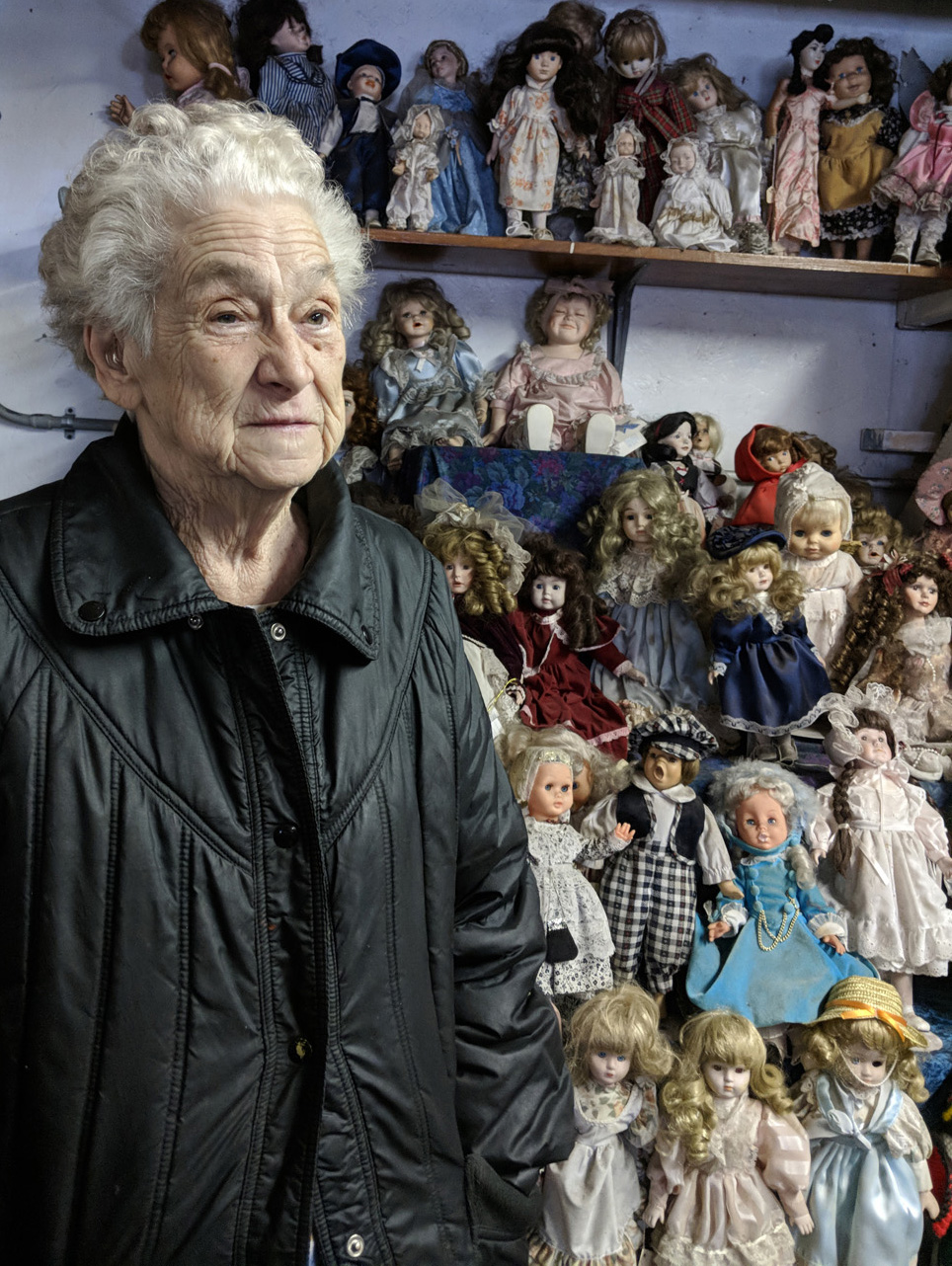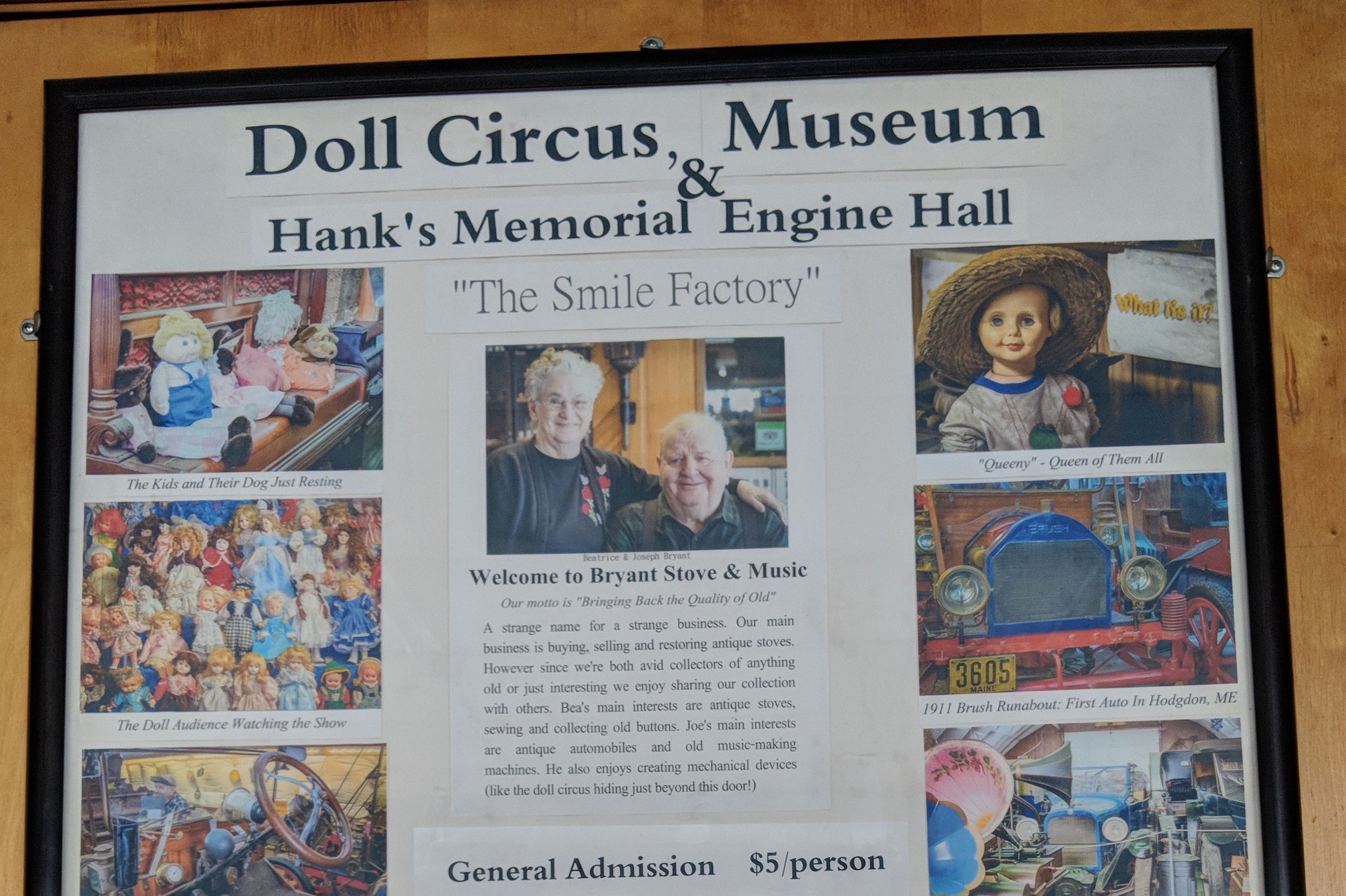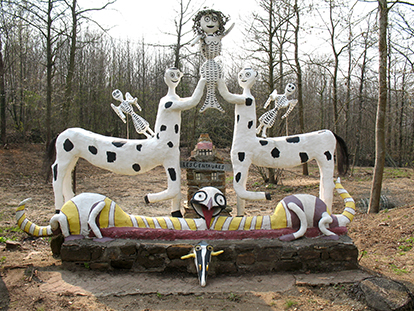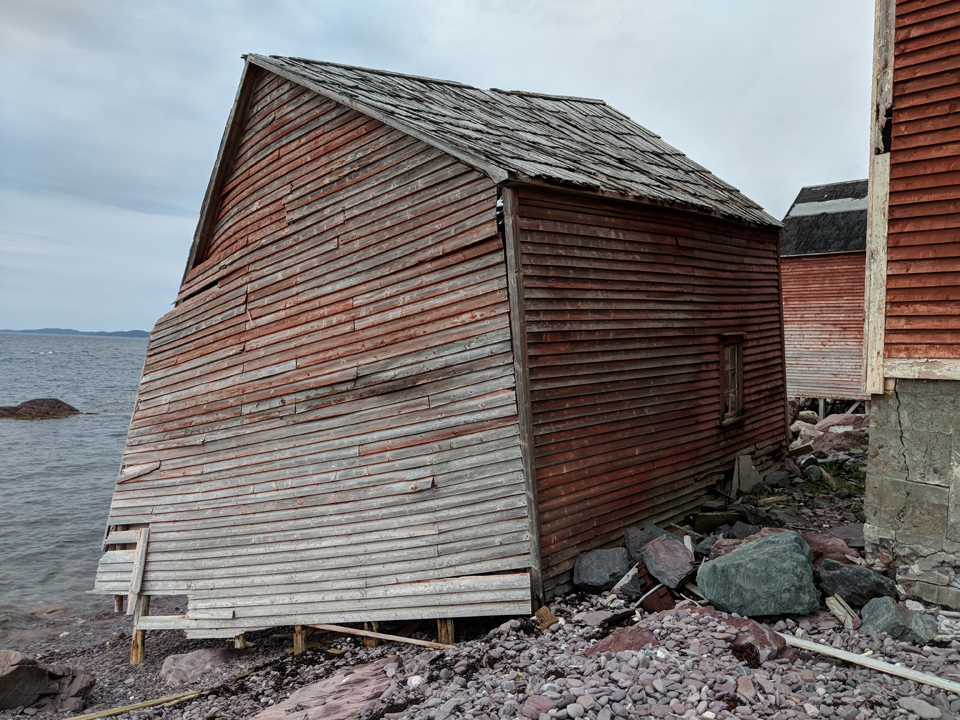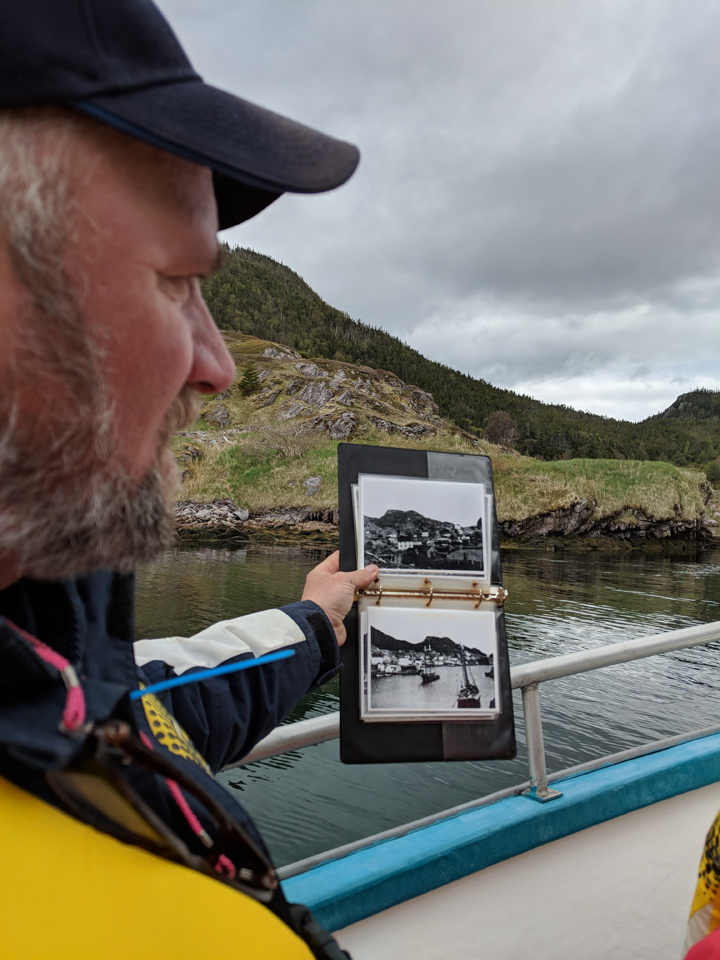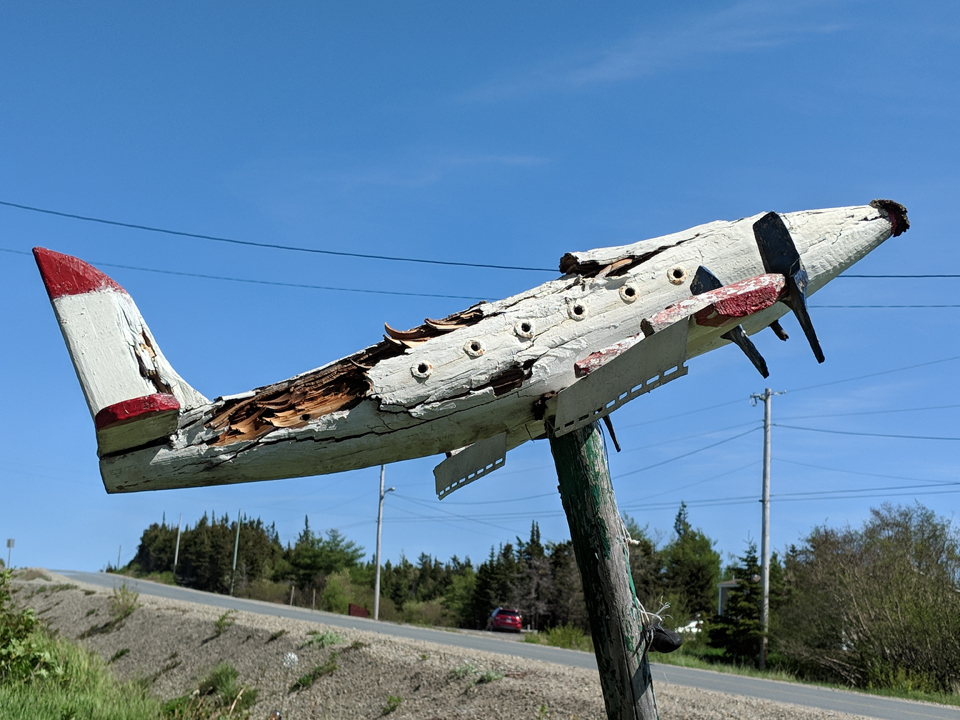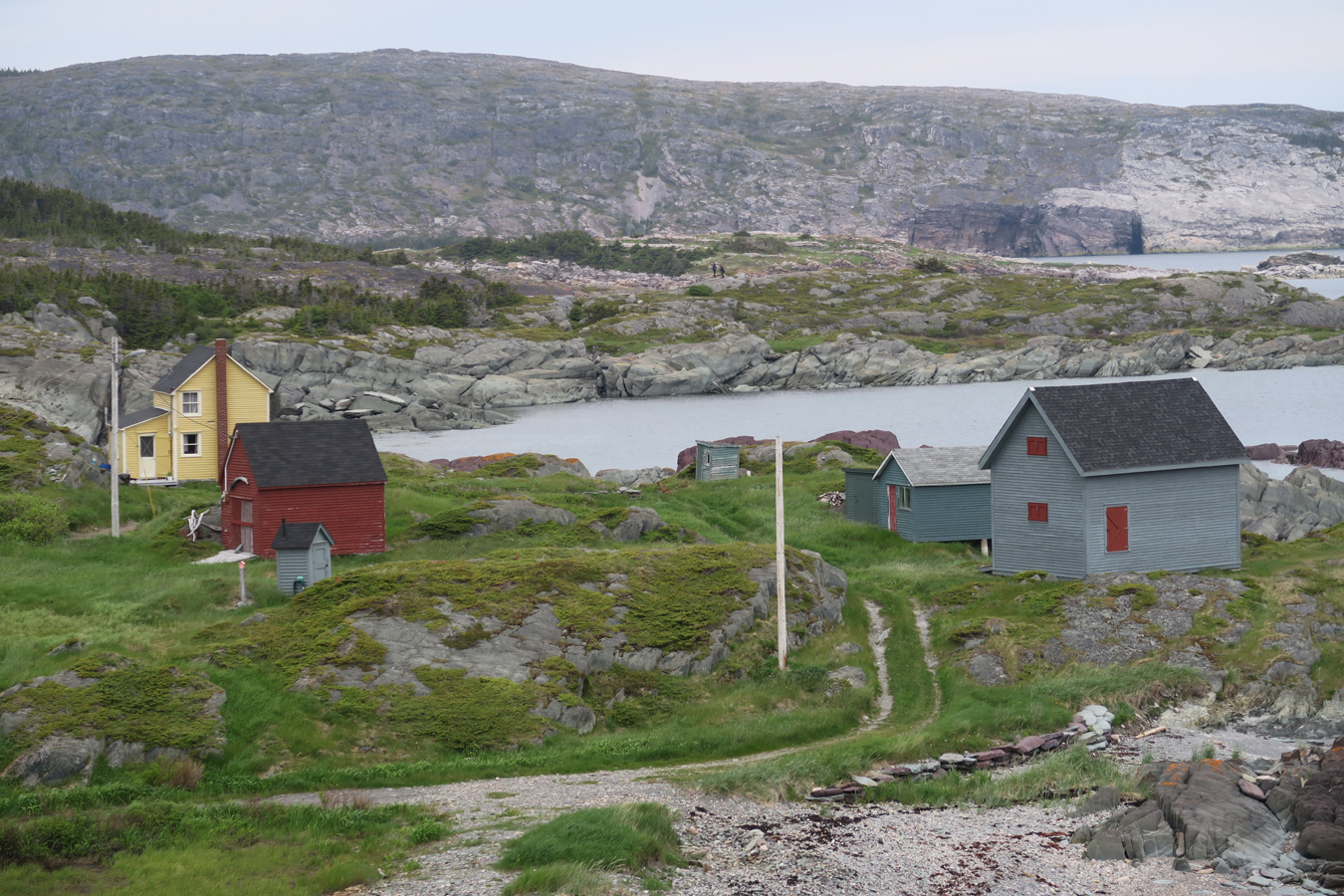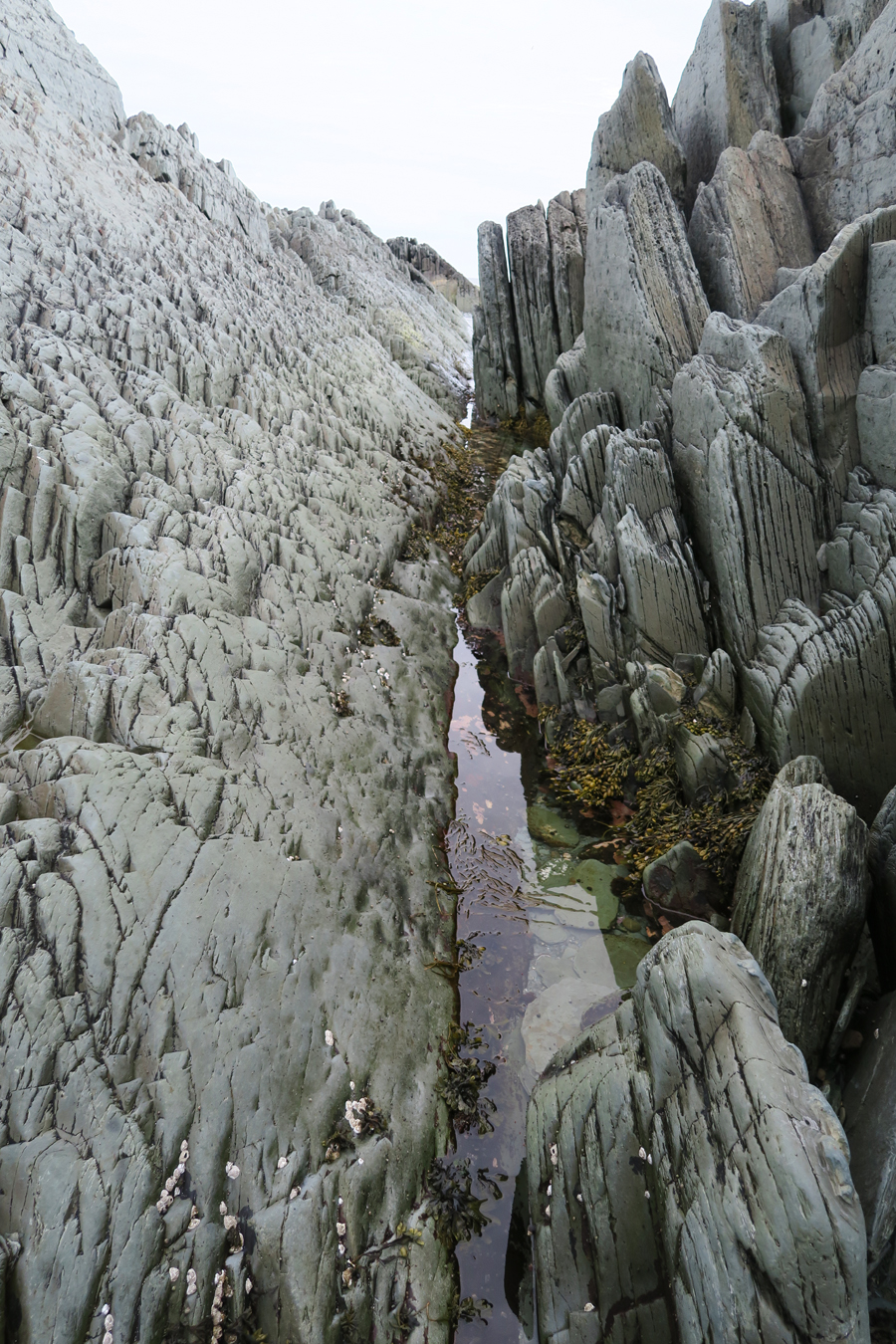Last time I’d been to the Woodman Museum in Dover, NH was, well, decades ago, with my girl scout troop.
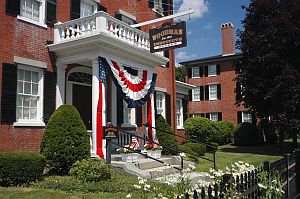
I had been seeing references pop up here and there about the Woodman Museum, describing it as an eclectic, old fashioned place, a curio cabinet kind of museum. You know what I mean: hand-written or typed labels (a few of the “e’s” clogged), bell jars of birds perched in front of hand-painted landscapes,
oak-cornered vitrines (which you definitely should NOT lean on) with wavy glass protecting eggs in nests or rolling about on file cards, hopefully arranged in size from hummingbird to ostrich.
I wanted to see for myself if the Woodman had indeed resisted the tide of modernity. But really, why I wanted to re-visit the Woodman Museum, was to check in on my favorite specimen, the two headed snake. I emailed my old friend Brett, who, like me, had grown up in the area, to see if she could be tempted to join me. She was tempted, she was. But, dang(!), she had other commitments. “Let me know how the two headed chicken is doing.” “Two-headed chicken?” I shot back. “I thought it was a two -headed snake! Could they have two, two-headeds?” Now I had to go! Lucky for me I was able to snag one of my kids to go with me. Off we drove on an unseasonably warm November day. Time was of the essence as the Woodman Museum closes for the season at the end of November.
An old-fashioned museum that only a small town would think of as encyclopedic, the Woodman Museum has something for everyone: florescent minerals, (the museum’s guide opened a closet door and throw on the lights to reveal these beauties),
taxidermy (including a a gigantic polar bear and the last mountain lion to be killed in NH but which looks like it could have been purchased from the stuffed animal department of FAO Schwartz, though frightfully thin),
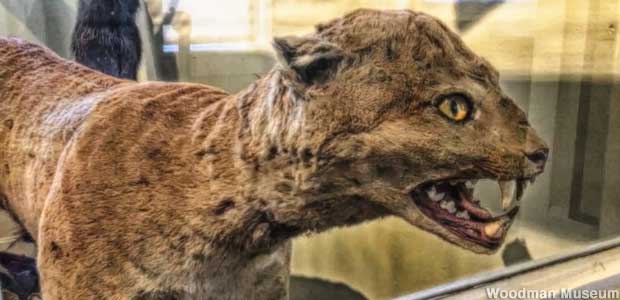
civil war memorabilia, bolts of cloth from the local textile mill, all jumbled together in a sometimes pleasant, sometimes jarring manner.
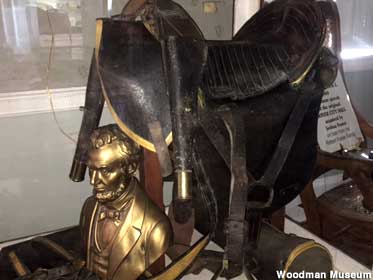
Saddle ridden by President Lincoln days before he was assassinated
There’s a ton of Abraham Lincoln memorabilia in the Woodman collection because of the connections between President Lincoln and New Hampshire Senator John Parker Hale (founder of the anti-slavery “Free Soil”party), whose family home is on the museum’s campus. Really if I laid out the crazy connections, as the guide so colorfully did, I would have to post a spoiler alert but let’s just say it has to do with Hale’s daughter and Todd Lincoln and oops, I gotta say it, the fact that she was secretly engaged to John Wilkes Booth. Now you know there was a rough night or two around the dinner table before and after that infamous night at the Ford Theater.
OK, back to my meanderings around the museum:
I wanted to hunt right away for the two-headed whatever it was. But first the friendly guide greeted me asking if I’d ever been here before and what was my particular interest today. I explained my quest. He paled when I said I was here to see the two-headed snake. I knew something was amiss. “Well, sir, is it still here?” And I wanted to know if it was a two headed snake or a two headed chicken. “Oh, the four legged chicken is here and “doing” fine. “(OK, Brett, at least we straightened that out) “But the two headed snake, well, let’s just say it’s seen better days.” Uh oh. I braced myself and tore upstairs. But nothing could prepare me for the sight.
First I encountered the swirling arrangement of the lepidoptera which I had remembered well from my girl scout days:
Then I encountered the chicken. Lookin’ good!
But then, around the corner from the chicken, the reptile display:
But uh-oh!! Here I see the label for the two headed snake:

I was somewhat consoled by the nearby specimen of the iguana whose label cheered me up. This is one way to build a museum collection: exotic pet road kill.
Time to seek solace elsewhere. Up to the attic we go.
The third floor is a curious mix children’s playthings and military paraphernalia, half/half—-oh well, kind of like they don’t think you’re going to make it up that far or that you’ll either head right or left and not both.
Before we entered the doll room we were greeted with this sign:

OK, OK, the two headed snake may not have survived ,
The museum guide came to get us just as we were finishing up with the dolls and before we started in on the guns saying it was time to go–we agreed.
There was so much to see beyond the main museum building. First off, the oldest Sycamore tree in the county. (sorry forgot to snap a picture), and behind that–the oldest surviving house in town–the Garrison house built in 1675.
You think the road kill iguana was a lucky acquisition, well the garrison house:
was just sitting empty in the back yard of this woman who lived down the street:
When she could no longer keep up with its upkeep she asked the museum down the street if they wanted it. They did! They popped it off its foundation ad rolled it down the street.
The garrison is complete with a rifle pointed out its sidewall and is full of beautiful artifacts. Most of all I loved the wormy lime-coated walls.
Just about time to wrap up our visit. So satisfying! In assessment I’d say The Woodman Museum has mostly been spared of modernizing save for one woeful period not so long ago when the then new director decided to throw out most of the typed and handwritten labels and have them redone with the aid of a computer. GRRR!
Here’s an idea, Woodman Museum, hire a handful of University of New Hampshire hipsters to retype the labels on the Olivetti’s they’ve procured on Ebay. And throw out those soul-less modern labels! Or better yet, hand pen them like this lovely label that thankfully was not replaced:
If you are already planning your itinerary for your own Woodman visit, please note that it will reopen for its next season in April.


























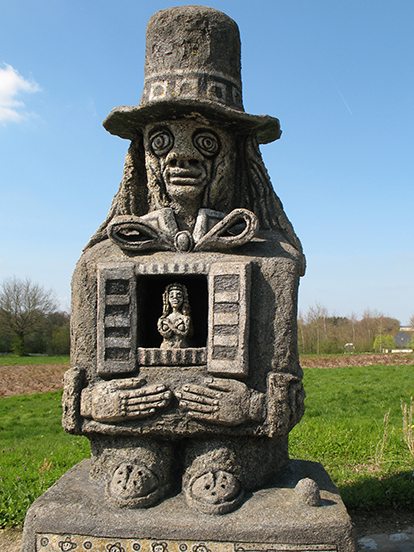



























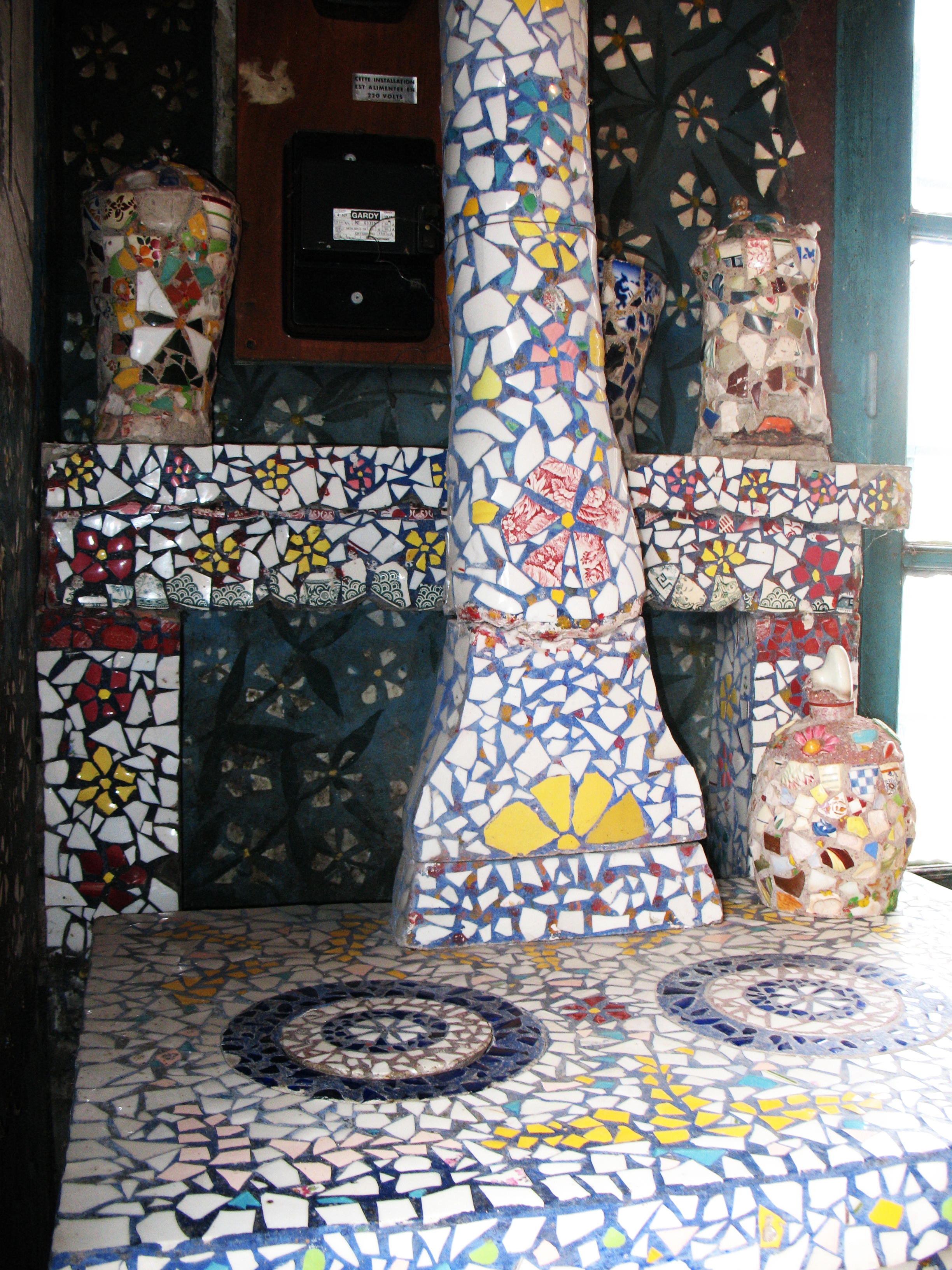




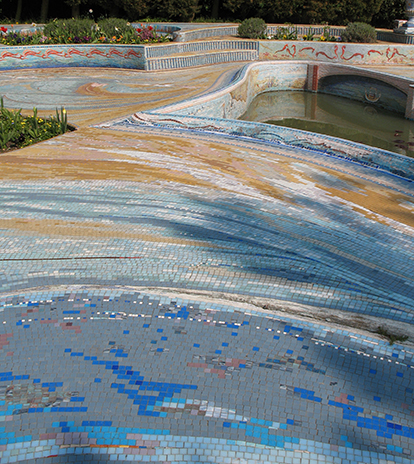
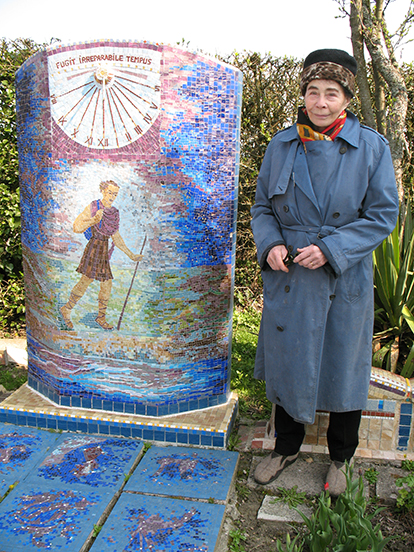
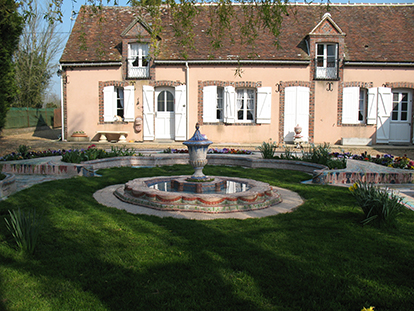
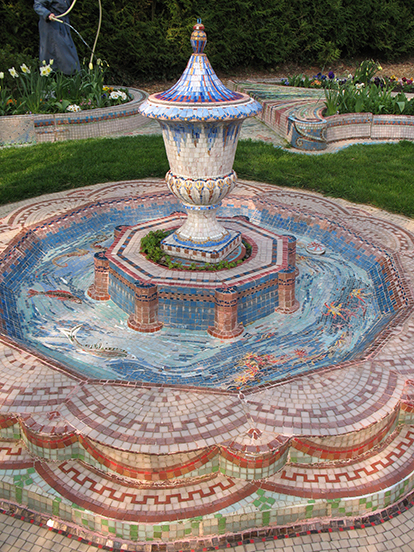


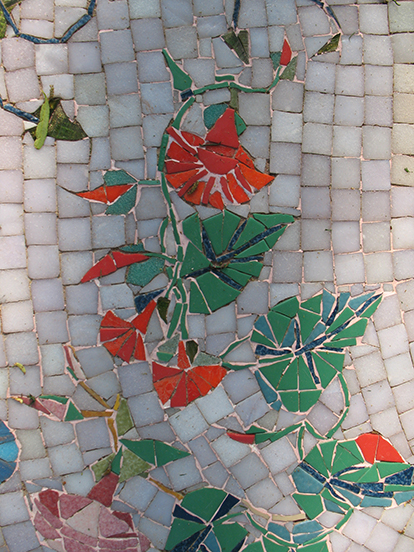
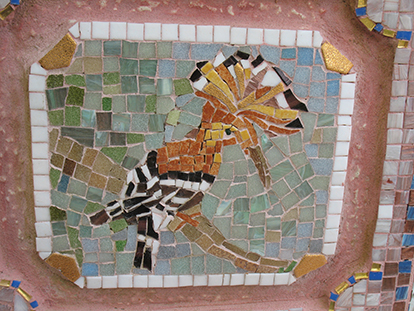
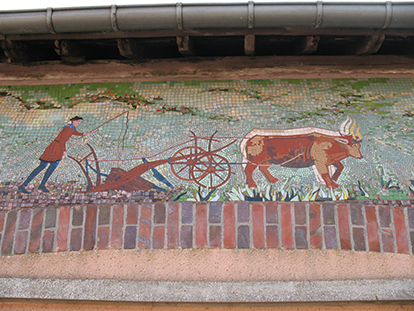
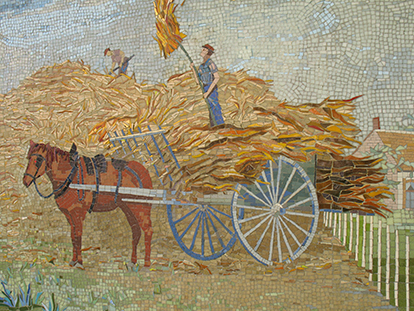
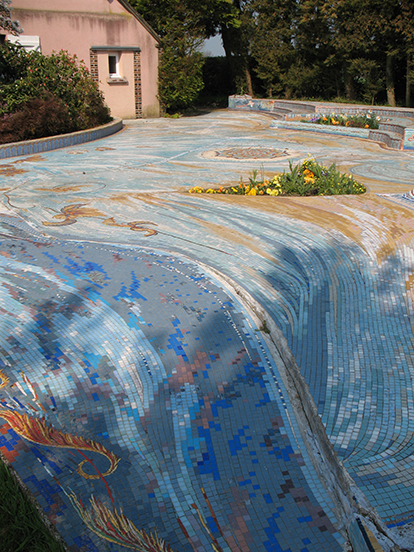
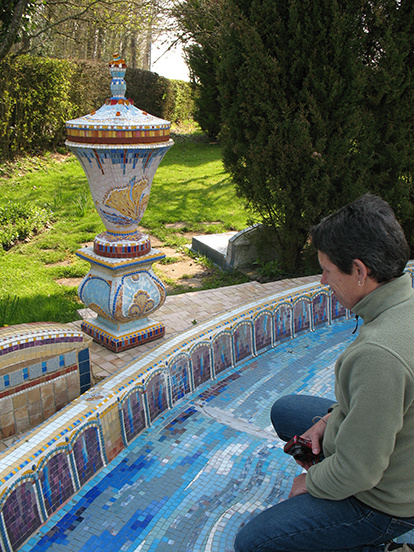
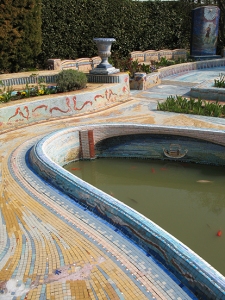
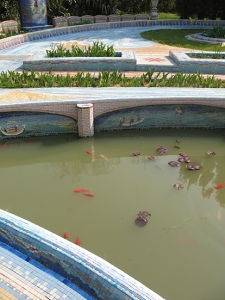
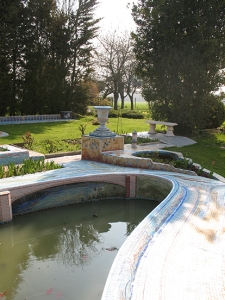
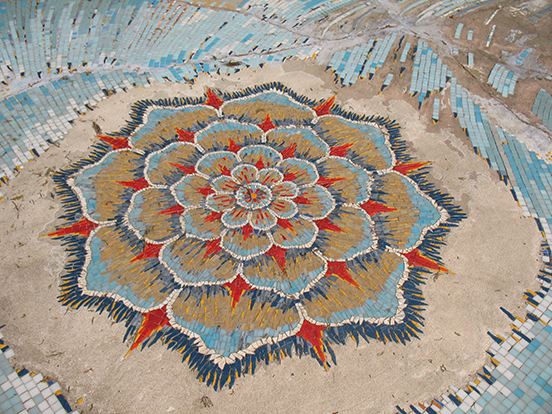



















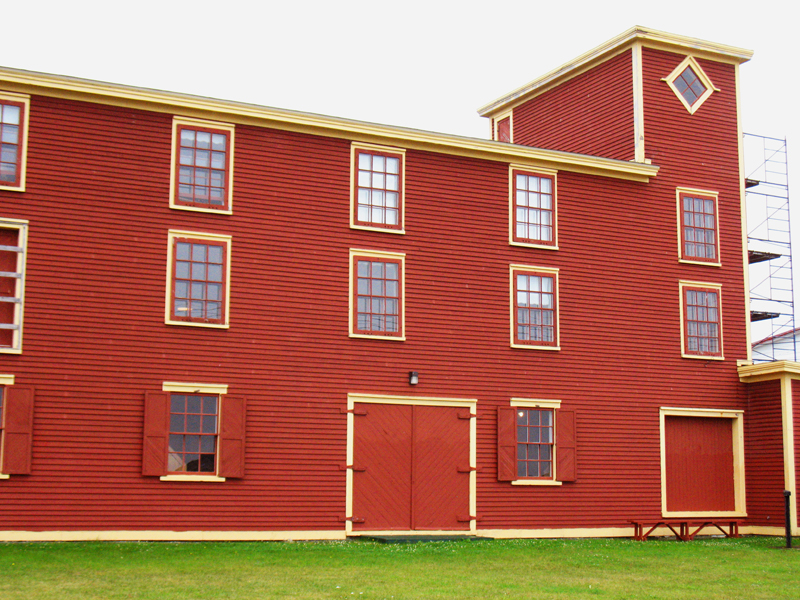
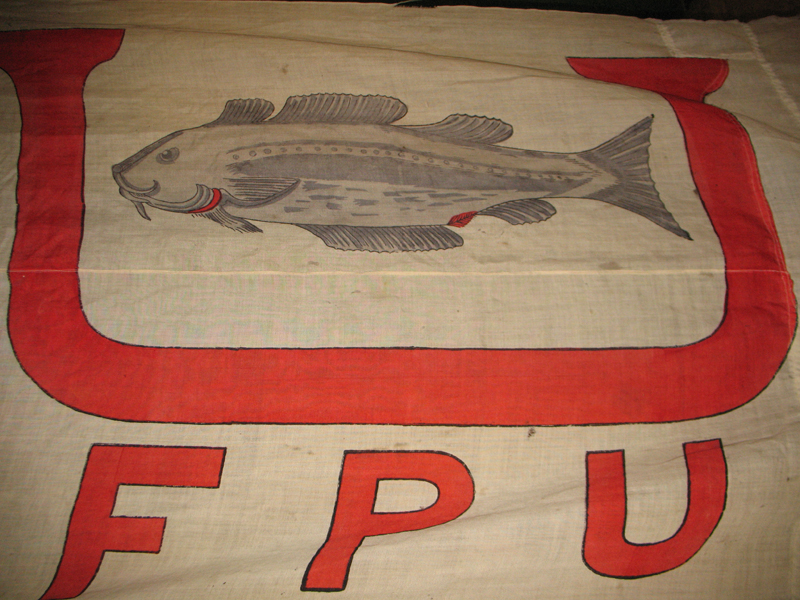
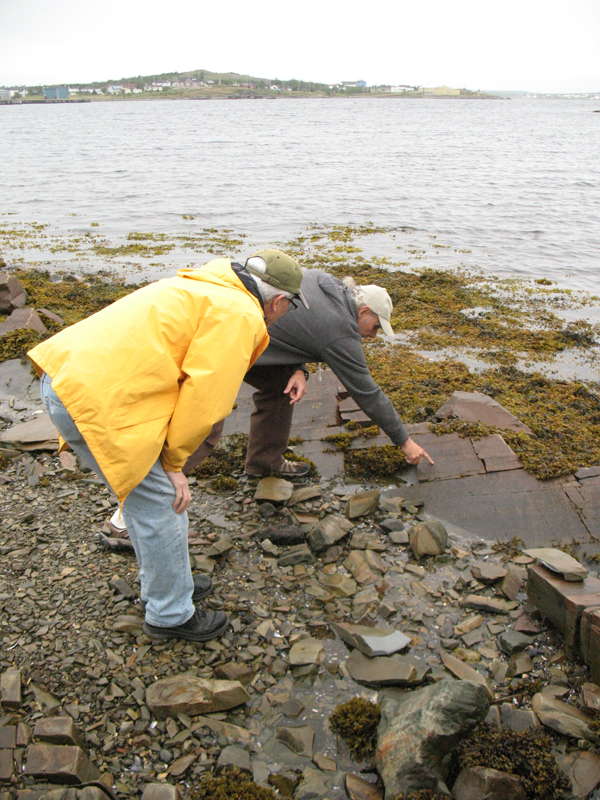


















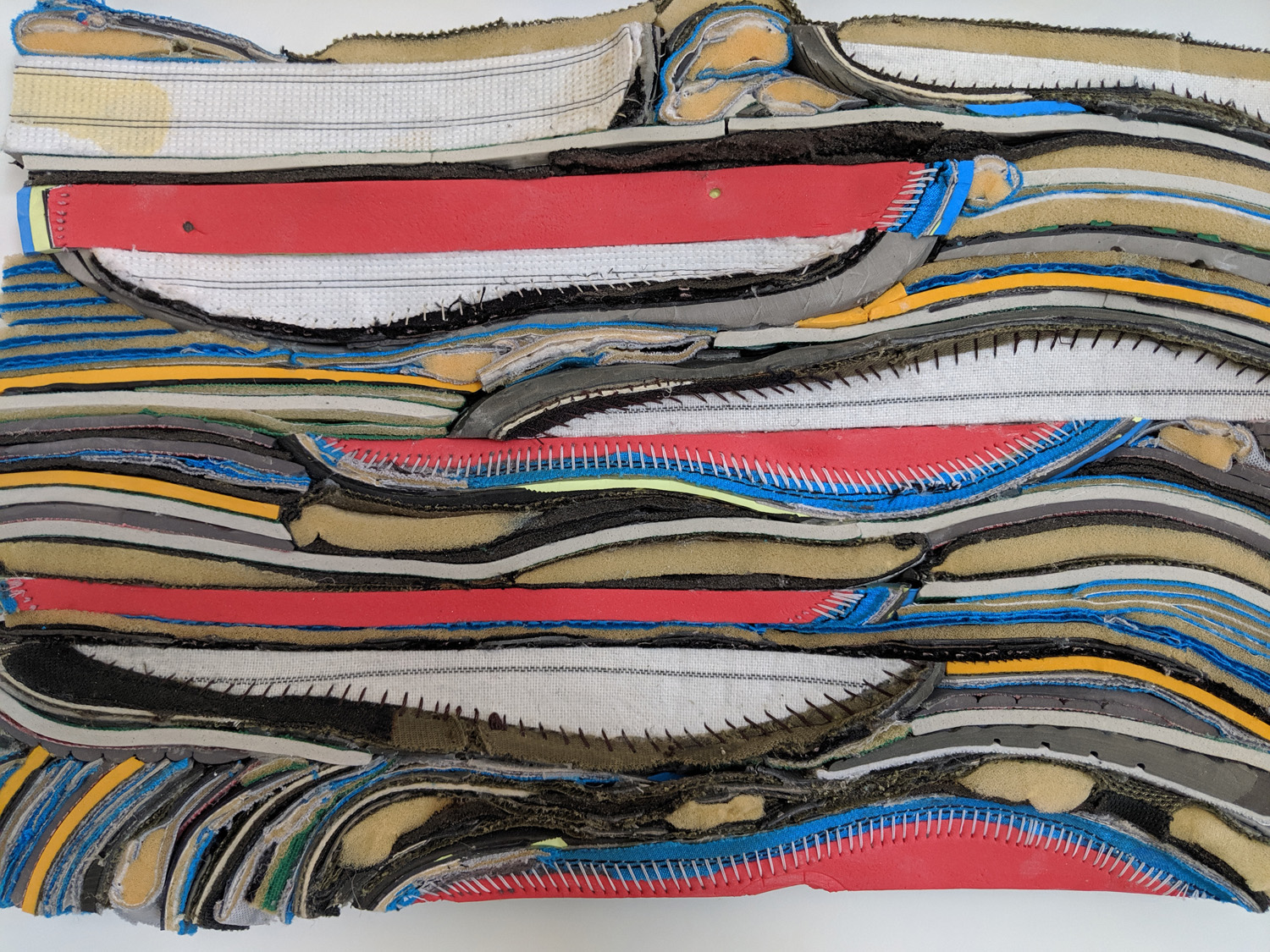








 We poured over the recipes to see if there was something new we could try. There was no shortage of options. We did NOT try:
We poured over the recipes to see if there was something new we could try. There was no shortage of options. We did NOT try:
 And we were oh so tempted by “Sex-in-a Pan”: (hmmm, is Dream Whip the same as Cool whip? Well, as I said, we didn’t have any.)
And we were oh so tempted by “Sex-in-a Pan”: (hmmm, is Dream Whip the same as Cool whip? Well, as I said, we didn’t have any.)

 This forlorn assemblage of stoves and dolls which flanked our parking space did nothing to prepare me for glories of what lay inside the
This forlorn assemblage of stoves and dolls which flanked our parking space did nothing to prepare me for glories of what lay inside the 


